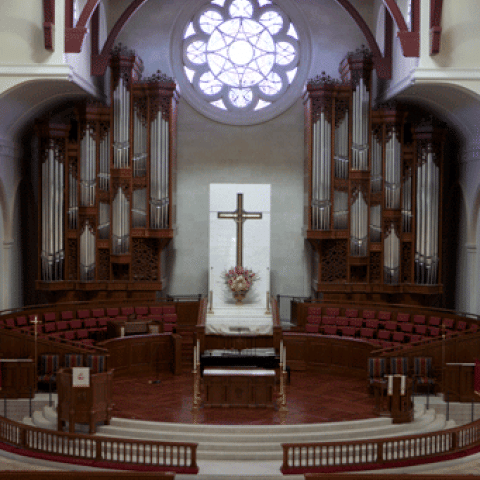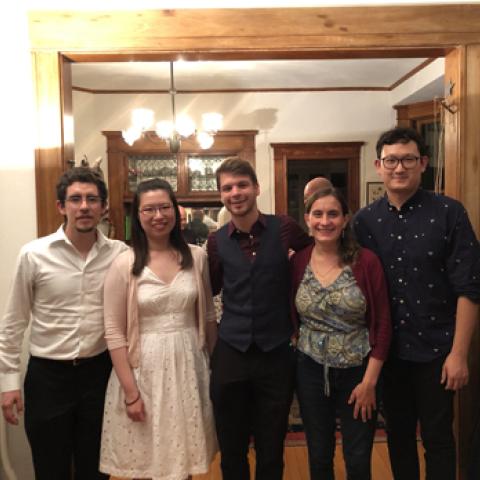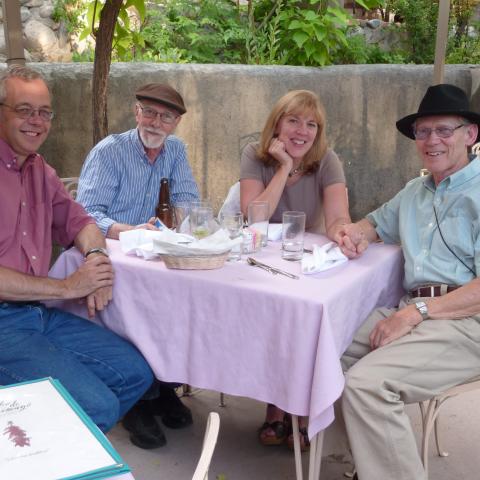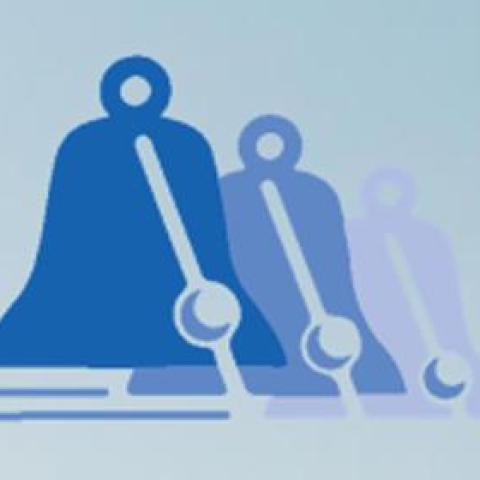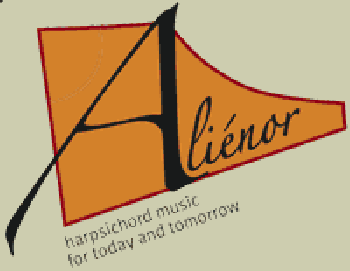
The Historical Keyboard Society of North America announces its tenth Aliénor Competition for a commissioned work for solo harpsichord.
Three composers will be selected to compose a work of 10 to 20 minutes in length. The work can be a single movement or can have multiple movements and must be playable on a two-manual, GG–e3 instrument with two 8′s and a 4′. The commissions will be premiered at the society’s spring 2022 conference.
To apply, submit a one-page biography, a pdf score, and an MP3 recording of a piece or pieces ten minutes or less in length to [email protected]. Deadline for submissions is October 1; winners will be announced on January 15, 2021, and commissions must be fulfilled by September 15, 2021.
For information: http://www.historicalkeyboardsociety.org/competitions/alienor-competition/ and
https://www.hksna.org/
Other competition news items:
Wadden Sea International Organ Competition
Northern Ireland International Organ Competition

